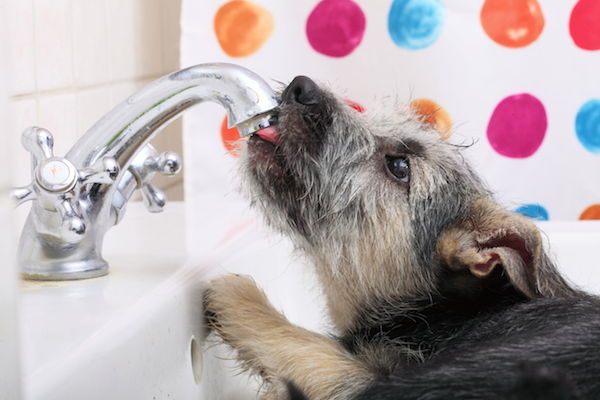
28 Jan Six things you must do during a boil water advisory
Boil water advisories are issued when there is a chance that your drinking water could be contaminated. To avoid illness, you should do the following six things:
1. Boil your tap water before you drink it!
Make sure you boil your water for at least one minute before drinking it. Boiling your water removes potentially harmful bacteria, such as E. coli. Make sure that you boil your water before putting it in a coffee maker, cooking food, or preparing tea to avoid consuming bacteria.
2. Be careful when bathing
Try not to swallow any water, and keep an eye on infants and toddlers while they bathe to make sure that they don’t consume any water.
3. Give your pets safe water
The last thing you want during a boil water advisory is a sick animal to take care of. Make sure that your pets are given cooled, boiled water or bottled water.
4. Safely prepare your baby’s formula
Calling all new mothers: you can safely sterilize your bottles, rings and bottle nipples by leaving them in boiling water for two minutes. Then, make sure that water that you mix your formula with rolls at a boil for at least two minutes to ensure its safety.
5. Watch your symptoms
If you, or your family members, experience a fever, diarrhea or vomiting after drinking your tap water, seek medical attention. Many waterborne diseases have a quick onset and can rapidly lead to dehydration or more serious symptoms.
6. Invest in a water treatment system
Not all water filters are designed to remove bacteria to make your water safe. You need a device that eliminates harmful bacteria. You can also install a UV system on the main water line to disinfect all the water in the house including baths and showers.
For more information about boil water advisories and picking the right water treatment option for your home, contact one of our Rainfresh reps at 1-800-667-8072!
Photos: Huffington Post, Currant Baby






